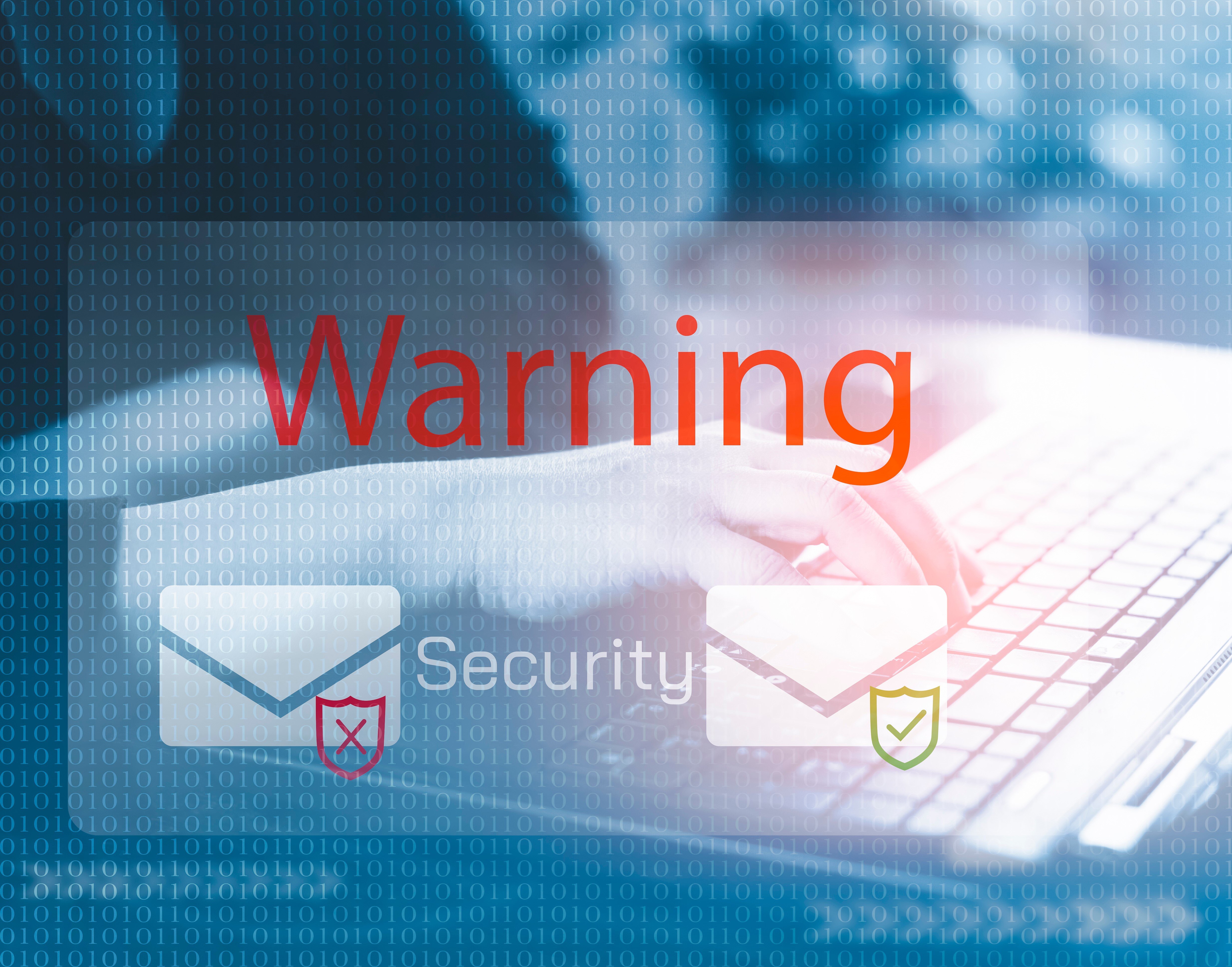BPO contact centers handle sensitive customer information daily, making them prime targets for attackers. Instead of stealing individual credentials, bad actors often target BPOs, which have access to significant amounts of personally identifiable information (PII). If a threat actor can successfully penetrate a BPO contact center, they have access to a treasure trove of information.
In a 2023 industry survey, almost 90% of respondents noted an acute increase in fraud attacks on call centers. Respondents from the financial sector reported a rise of more than 80% in fraud attacks. The situation necessitates robust authentication and identity solutions for contact centers—behavioral authentication may be the solution.
How Does Behavioral Authentication Work?
Behavioral authentication leverages unique user behavior to verify identity, using factors like typing patterns, mouse movements, and interaction with digital systems. Unlike traditional biometrics, such as fingerprint or facial recognition, behavioral biometrics authenticate users by continuously monitoring their interaction with systems, ensuring they are who they claim to be.
Twosense’s behavioral biometric authentication technology operates seamlessly in the background. By measuring typing cadence, mouse movements, and even typical errors, the system builds a behavioral profile for each user. If there’s a deviation from this profile, it triggers an alert, indicating a possible security threat. This continuous monitoring ensures that even if bad actors gain access, they won’t be able to mimic the unique behavioral patterns of legitimate users.
Traditional Authentication Methods in Contact Centers
Contact centers commonly use passwords, one-time passwords (OTPs), and physical security keys. Access control systems, employing either passwords or biometrics, prevent unauthorized physical access to systems. While these methods provide basic security, they are often inadequate to address evolving threats.
Many contact centers face high staff turnover rates, floating desk environments, and potential insider threats. These factors make traditional, static authentication methods less effective in ensuring long-term security. Additionally, PCI compliance requires multi-factor authentication for all users accessing the network and mandatory time-outs after 15 minutes of inactivity. In fact, PCI 4.0 demands multiple rounds of authentication—when accessing the network, again when accessing the card data environment, and once more for accessing applications.
For Modern-day Contact Centers, Traditional Authentication Solutions Are Not Enough
Traditional methods such as passwords, OTPs, and security keys are vulnerable to multiple forms of exploitation. For instance, passwords can be easily stolen or shared among employees, compromising security. Phishing attacks target OTPs, while security keys are often lost or misused, particularly in clean desk environments typical in contact centers.
Furthermore, static authentication methods do not offer continuous monitoring. Once a user is authenticated, the system assumes that the user is legitimate until logged out, creating opportunities for bad actors to exploit brief access windows. The inconvenience associated with these methods also impacts agent productivity and encourages them to seek shortcuts, weakening security measures.
Why Is Behavioral Authentication Better for Contact Centers?
Behavioral authentication offers continuous, behind-the-scenes authentication, making it impossible for bad actors to replicate the behavioral patterns of legitimate users. This method authenticates users based on multiple behavioral factors 100s times a day, rather than at a single entry point like a password or fingerprint.
Another significant advantage is the ease of use. Agents are authenticated continuously without any need to provide additional factors unless a behavioral mismatch is detected. This improves security and streamlines workflows, reducing authentication friction and keeping agents productive without compromising security.
How Twosense Authenticates Individuals in a Contact Center
Twosense’s continuous Behavioral MFA solution learns and tracks how individual contact center employees interact with their systems. It identifies unique patterns in typing, mouse usage, and touchscreen interactions and then continuously monitors for behavioral mismatches.
If an anomaly in behavior is detected—such as faster typing or unusual use of input devices—the system alerts admins immediately. This ensures that unauthorized access attempts are flagged in real-time without disrupting the user’s workflow.
Additionally, Twosense’s system can be deployed quickly and requires no physical hardware, making it ideal for clean desk environments. Employees don’t need to carry phones for two-factor authentication or security keys, eliminating the risk of lost or shared devices.
Looking for a Better Authentication Solution for Your Contact Center?
Twosense provides a frictionless multi-factor authentication solution tailored to contact centers' unique challenges. By integrating behavioral authentication, contact centers can enhance security, meet PCI 4 compliance, and protect their systems from insider threats and external attacks while reducing operational overhead.



